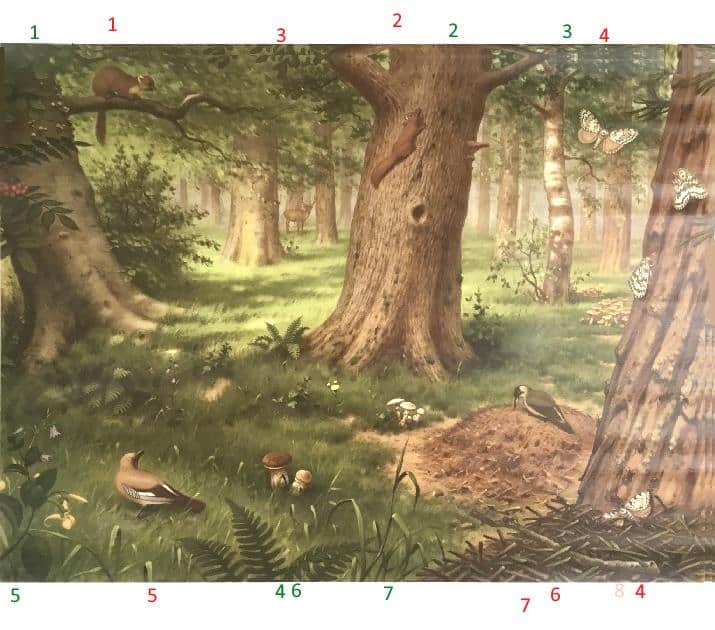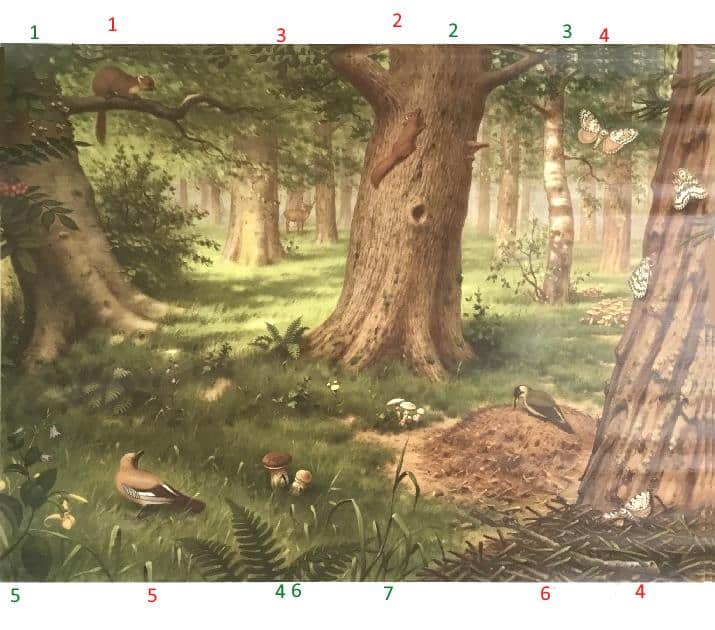European green woodpecker
This is an easy to recognize European bird : it is mostly green colored with a red crown and nape. The belly is light yellow.

European green woodpecker feeds on ants
The European green woodpecker feeds on ants of the genera Lasius and Formica. It also eats other insects, frogs ands lizards. They also drills for insects in softwood trees , producing a drumming sound, but this only happens rarely. They can be seen hipping in short grazed or mown permanent grasslands. This way , its easy to find ants nests.
the green woodpecker’s “yaffling” or “laughing” cry.
Although the European Green Woodpecker is shy and wary, it is usually its loud calls, known as yaffling, which first draw attention.
In common with other woodpecker species,[14] the green woodpecker’s tongue is long (10 cm) and has to be curled around its skull.
Heavy, prolonged snow cover makes feeding difficult for the green woodpecker and can result in high mortality, from which it may take 10 years for the population to recover.
The European Green Woodpecker (Picus viridis) is a member of the woodpecker family Picidae. There are four subspecies and it occurs in most parts of Europe and in western Asia.
All have green upperparts, paler yellowish underparts, a red crown and moustachial stripe which has a red centre in males but is all black in females. The European Green Woodpecker spends much of its time feeding on ants on the ground and does not often ‘drum’ on trees like other woodpecker species. It is a shy bird but usually draws attention with its loud calls. A nest hole is excavated in a tree; four to six eggs are laid which hatch after 19–20 days. seehttp://en.wikipedia.org/wiki/European… The European Green Woodpecker measures 30–36 cm in length with a 45–51 cm wingspan. Both sexes are green above and pale yellowish green below, with yellow rump and red crown and nape; the moustachial stripe has a red centre in the male but is solid black in the female. The lores and around the white eye are black in both male and female, except in the Iberian race P. v. subsp. sharpei, in which it is dark grey and males have only a lower black border to the moustache. Juveniles are spotty and streaked all over;[2] the moustache is dark initially, though juvenile males can show some red feathers by early June or usually by July or August.

1 pine marten or pineten  or Martes martes
or Martes martes
2 European green woodpecker Picus viridis
3 Eurasian jay (Garrulus glandarius)
4 red deer (Cervus elaphus)
5 Formica rufa, also known as the red wood ant
6
7black arches or nun moth (Lymantria monacha)[
8black arches or nun moth (Lymantria monacha)[
1
2
3
4
5
6
7
8
Eekhoorn,boommater,groene specht,Vlaamse gaai,edelhert,rode bosmier,nonvlinder, berk,den,eik,beuk,lijsterbes,klein springzaad,eikvaren,
reference
1 Illustration from , Plate 23 “Nederlandsche vogelen”, reconstructed and corrected
